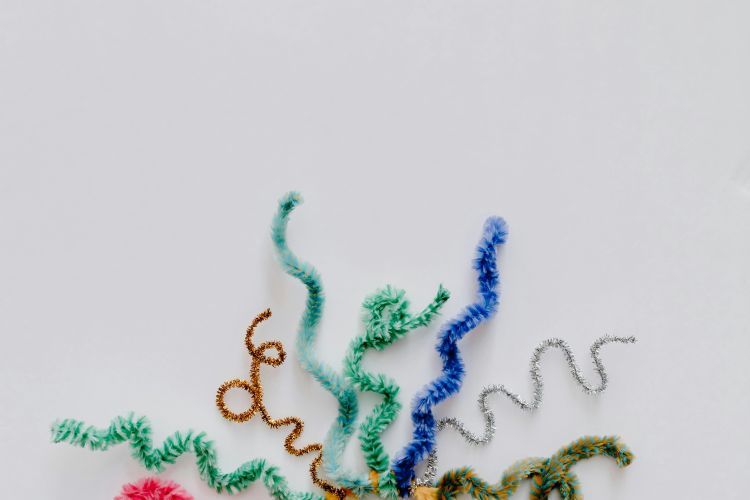Breadcrumb
Prevention of oral and maxillofacial trauma with a novel oral appliance

Right lateral oblique (a), frontal (b) and left lateral oblique (c) images of the intraoral appliance on mounted study models
What is it?
A new kind of oral appliance to manage damage to the orofacial area, including wounds and infections, caused by involuntary facial movements.
What problem does it aim to solve?
An autoimmune form of encephalitis causes involuntary abnormal facial movements that damage the mouth. Existing treatments such as those using wiring or botulinum toxin haven’t been successful.
How does it work?
“The fabrication and wire-based fixation of a patient-specific acrylic oral appliance that maintained the mandible in a depressed position and mitigated all lateral and protrusive movements.”
What are the findings?
The new appliance worked successfully in two patients.
What are the next steps?
“These cases illustrate the first known successful use of an appliance-based therapy for managing orofacial dyskinesias in the anti-N-methyl-D-aspartate receptor encephalitis (NMDARE) patient population through an adaptation of traditional maxillomandibular fixation techniques. This approach eliminated further orofacial trauma and afforded physicians with safer means to manage and assess patients afflicted with this condition during their protracted intensive care unit admissions.”
Source
"Prevention of oral and maxillofacial trauma secondary to orofacial dyskinesias associated with anti-N-methyl-D-aspartate receptor encephalitis: a case series", BMC Oral Health, 2021 Oct 10;21(1):511. doi: 10.1186/s12903-021-01783-x.
Authors
Jeffrey W Chadwick, Department of Dental Oncology and Maxillofacial Prosthetics, Princess Margaret Cancer Centre, University Health Network; Division of Oral and Maxillofacial Surgery, Faculty of Dentistry, University of Toronto
Patricia J Brooks, Department of Dental Oncology and Maxillofacial Prosthetics, Princess Margaret Cancer Centre, University Health Network
Jeffrey M Singh Medical-Surgical and Neuro-Intensive Care Unit, Toronto Western Hospital, University Health Network
David K Lam, Department of Oral and Maxillofacial Surgery, University of the Pacific, Arthur A. Dugoni School of Dentistry





